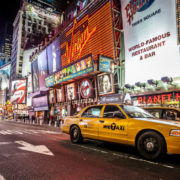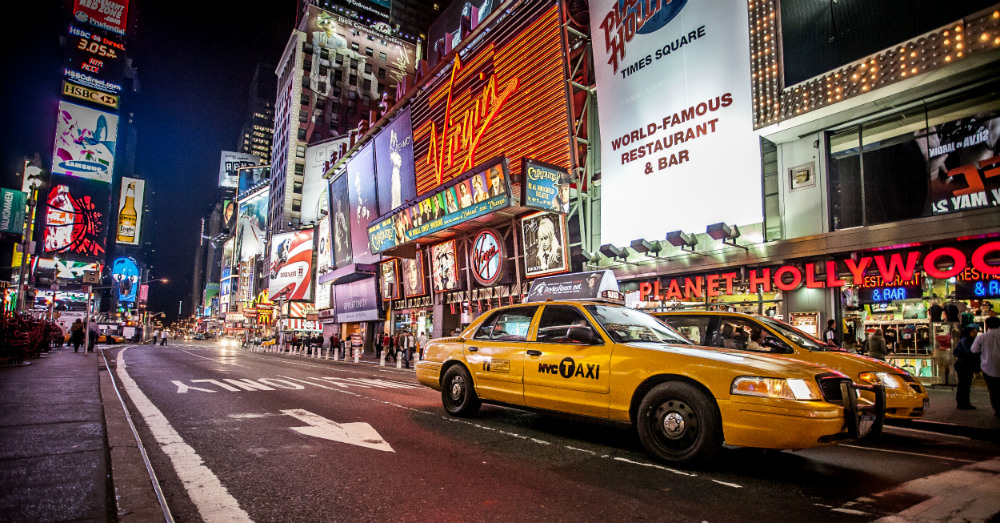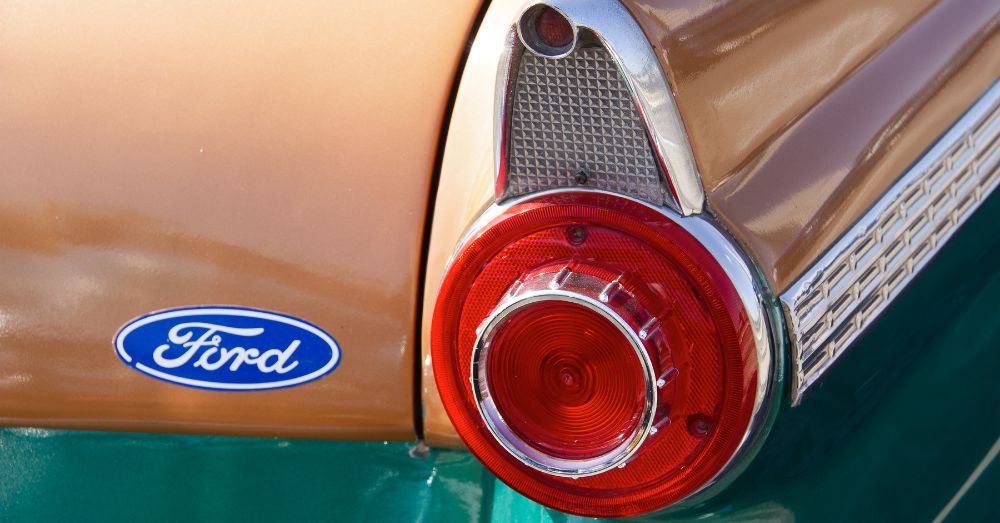If you’ve been accepted to MIT you’ve proved that you’re smart and at least somewhat creative. The students at this highly prestigious university have helped solve many of the problems we face in the world using math and science to make it possible to find the solution. Because of this a new problem was presented to the Computer Science and Artificial Intelligence Laboratory students. This problem is figuring out how many taxis are actually needed in order to service the many taxi passengers of the Manhattan and NYC areas.
Currently there are over 13,000 taxis in the employ of the various taxi companies in NYC and these yellow cars of travel take up many of the roads. There are times you can look down the block in this massive city and see nothing but cabs as far as you can see. There has to be a better way and a way to get the job done with fewer cabs than are present right now in the city and this team at MIT figured it out for us so that we can see what it would take to get the job done.
The premise of their research allowed for multiple stops and several passengers to share a single cab. The number was as many as four in the cab at any time along the route. The researchers also used data from over 3 million taxi riders that use taxi services on a daily basis. The idea is to see if they can reduce the number of cabs needed. In order to do this the team created an algorithm that was able to reroute the cars while on the path which creates more responsiveness and better times on the route.
With the algorithm in place the taxi program was launched and the number of cabs needed was reduced to 3,000. These 3,000 taxi cabs could serve 98 percent of the taxi riders in the NYC area and could even be dispatched ahead of time during busier times of the day. Not only that, but the average wait time for a cab was only two minutes, helping the New Yorkers who would need this service to get a cab sooner and be on time much more often. The non-peak times of use could even serve 95 percent of the needs with only 2,000 taxi cabs, reducing the fleet even more.
The only problem with this program as it stands right now is the fact that human drivers can’t make the adjustments to the routes as quickly as the computerized model would need. This algorithm can be useful for reducing congestion and pollution in New York, but only once cabs are made to drive themselves and can respond to a central dispatch computer. Until then, we are stuck with the over 10,000 unnecessary New York City taxi cabs, but you can imagine a future where there are far fewer cabs on the road in the busiest city in the world.





